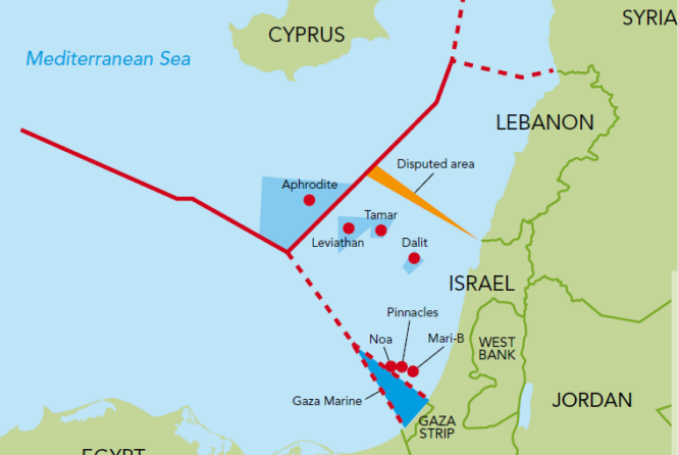Geographical Location of New Zealand
New Zealand is located in the south-western Pacific Ocean, comprising two main islands – the North Island and the South Island, as well as numerous smaller islands. Its geographical coordinates are 41.2765° S, 174.7762° E. New Zealand’s location is influenced by its position in the path of the prevailing westerly winds, which can bring weather systems from across the Tasman Sea and the Southern Ocean.
Being located in the Southern Hemisphere, New Zealand’s seasons are opposite to those in the Northern Hemisphere. The summer season in New Zealand is from December to February, while the winter season is from June to August.
Tropical Cyclones and their Impact
Tropical cyclones, also known as hurricanes or typhoons, are intense low-pressure weather systems that form over warm ocean waters. They can cause devastating damage when they make landfall. New Zealand experiences tropical cyclones from time to time, particularly during the summer season.
Tropical cyclones can cause significant damage to infrastructure, property, and people’s lives. The high winds associated with tropical cyclones can uproot trees, damage buildings, and knock out power lines, leading to widespread power outages. The heavy rain associated with tropical cyclones can also cause flooding and landslides, leading to property damage and loss of life.
In recent years, New Zealand has experienced several tropical cyclones that have caused significant damage. In 2017, Cyclone Cook hit New Zealand’s North Island, causing widespread flooding and road closures. In 2018, Cyclone Gita caused significant damage to the Pacific Island of Tonga before hitting New Zealand’s South Island, causing landslides, road closures, and power outages.
Prevention and Mitigation Measures
There are several prevention and mitigation measures that can be taken to reduce the impact of tropical cyclones in New Zealand.
- Forecasting and Warning Systems: The New Zealand MetService provides forecasts and warnings for tropical cyclones. It is important for people to keep up to date with the latest forecasts and warnings, and to take appropriate action to protect themselves and their property.
- Building Standards: Building standards in New Zealand have been improved in recent years to make buildings more resilient to extreme weather events, including tropical cyclones. Buildings that are designed and built to withstand high winds and heavy rain are less likely to be damaged or destroyed in a tropical cyclone.
- Emergency Preparedness: It is important for individuals and communities to be prepared for the impacts of tropical cyclones. This can include having an emergency kit with essential supplies, knowing evacuation routes, and having a plan in place for what to do in the event of a tropical cyclone.
- Infrastructure Resilience: Critical infrastructure such as power, water, and transportation systems can be made more resilient to the impacts of tropical cyclones. This can include strengthening power poles, improving drainage systems to prevent flooding, and having backup systems in place to maintain essential services in the event of a power outage.
Conclusion
Tropical cyclones are a significant threat to New Zealand, and it is important to take steps to reduce their impact. By improving forecasting and warning systems, building standards, emergency preparedness, and infrastructure resilience, New Zealand can better prepare for the impacts of tropical cyclones and reduce the damage they cause





